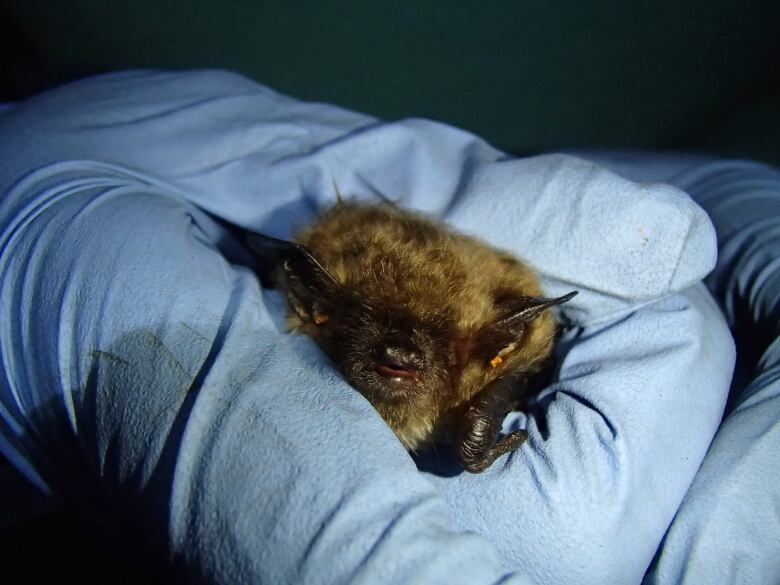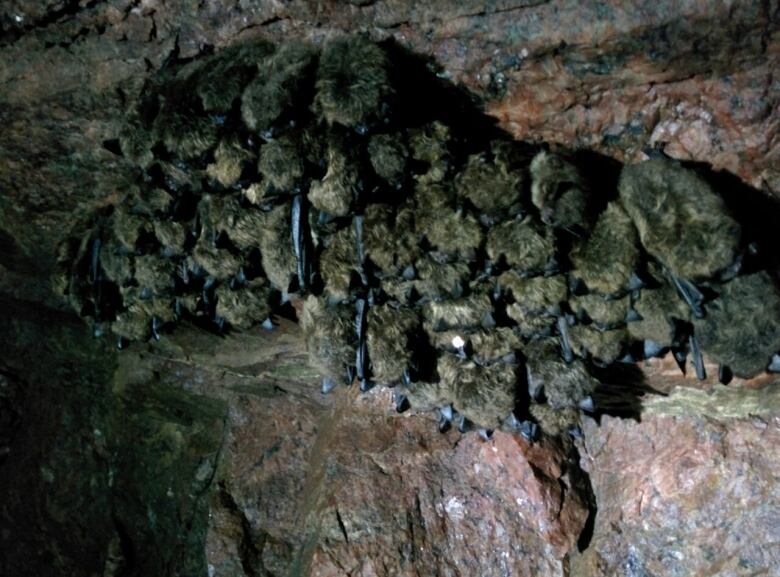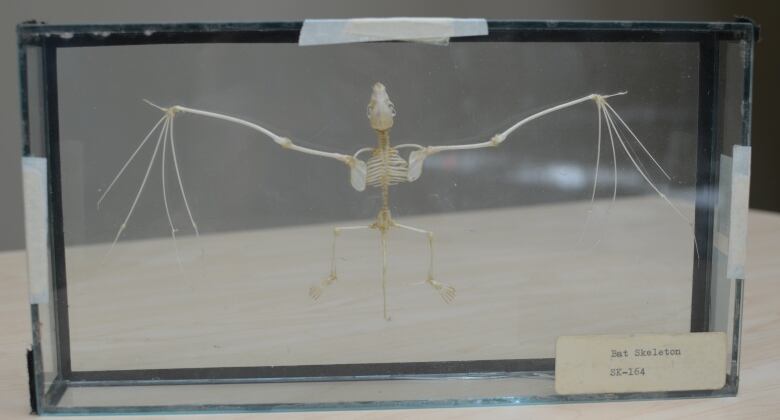Manitoba bats, ecosystems get a boost with new protection
Whole-ecosystem protection will help scientists prepare for white nose syndrome, researcher says

The provincehasadded a few new at-risk species and ecosystems to its watchlist.
The little brown bat, the bat species Manitobans most commonly encounter flitting around at night, and the northern long-eared bat will receive new protections in the province.Both have now been listed as "endangered," thehighest level of risk designation.
Those listings give Craig Willis, a biology professor and director of the Willis Bat Lab at the University of Winnipeg, and his graduate student researchers a boost.
But the landmark decision, announced on Tuesday,puts Manitoba ahead of other provinces withthe announcement that whole ecosystems, not just single species, can now be recognized as protected, Willis said.
Protected ecosystems
The province listed the alvar and tall grass prairie ecosystems as protected under the new legislation.

"I think this is kind of doubling down on the kind of areas that the bats will find important, but also this whole ecosystem community needs protection in its own right because it is so rare and so easily disturbed," Willis said.
Gastony's cliffbrake, a rare fern found on limestone in alvar habitats, was also listed.
"In terms of the bats, once they're listed as protected, that helps us do a lot to protect all sorts of habitats that are important," Willis said.
The little brown bat usually roosts in tree hollows and livesunder eaves or inside crevices of cabins, Willis said. The northern long-eared bat is less likely to go into a building or bat house; they're a forest species that stick to trees and caves.
The two batsalong with the tri-coloured bat, a species that doesn't occur in Manitoba, have also been listed as endangered Canada-wide under the federal government's Species at Risk Act (SARA).
White nose syndrome

"It's already well-established in Thunder Bay. It hasn't arrived here yet, but it's inevitable that it will in the next year or two or three at most," said Willis.
"Listing them now helps us prepare for this disease that is going to cause all sorts of problems."
Willis said there's been progresswith recent interventions that appear to be slowing the growth and spread of the fungus.
- Some bats with white-nose syndrome cured by bacteria, scientists say
- Bat researchers track deadly disease across northwestern Ontario
But he also stressedthat scientists have only just begun to field-test the treatments, and they don't know if there could be any negative side effects that could further jeopardize populations.
"There are some candidate things out there that might help, but they could actually make things worse. So it's important at this point to know whether that's something we could have in the toolbox, but it's way too early to say whether we should use those things," said Willis.
Evolutionary rescue

If bats surviving the disease are having baby bats or pups, as they're known that are found to inherit traits that make them somehow more resilient to infection, then the best course of action might be to not intervene with new treatments.
Instead, Willis said a process known as "evolutionary rescue" could take hold, allowing the most fit individuals to recover and spawn new generations of white-nose-syndrome-resistant pups.
"If that's the case, the most important thing to do, and the thing that listing these species best helps us do, is to protect the habitats that are important for reproduction," he said.
Two bird species also received new designations this week. The olive-sided flycatcher was listed as endangered, while the Canada Warbler was downgraded to threatened from endangered, as scientists have noted an increasein numbers in itspopulation.












_(720p).jpg)


 OFFICIAL HD MUSIC VIDEO.jpg)
.jpg)



























































































